on Facebook
"Full Inventory"
(Projects, Completions and Personal Collection)

77 Lancia Scorpion

67 Camaro RS Conv.
68 Austin Healey Sprite

68 Cougar

69 Corvette

70 Opel GT

69 Marcos 3000GT

86 TVR 280i

73 TVR 2500M

90 Buick Reatta

| Home | Current Inventory | Projects | Services | Company | Stuff | Bob's Car Collection | Contact Us |
|
on Facebook |
"Full Inventory" (Projects, Completions and Personal Collection) |
 77 Lancia Scorpion |
 67 Camaro RS Conv. |
|
68 Austin Healey Sprite |
 68 Cougar |
 69 Corvette |
 70 Opel GT |
 69 Marcos 3000GT |
 86 TVR 280i |
 73 TVR 2500M |
 90 Buick Reatta |
Engine Bay Detailing | |||||
One of the things that often differentiate a “daily driver” from a show car or what we like to call a “club car” is the appearance of the engine bay.
Most daily drivers see enough road action to make it difficult to keep up with the accumulation of dust, dirt, oil and other road grime that seems to be never-ending.
Please note that as stated in our Service & Support page, engine bay detailing can only be performed in conjunction with, or following a restoration or Return to Service project.
|
|||||
|
We had this 1963 Riviera listed for sale for more than a year without any bites at all. While driving it everywhere, it developed a valve tick. After determining that it needed a valve job, we decided to pull the engine so we could also detail the engine bay.
The difference was amazing! People who had seen this same car just months before thought we had brought an entirely different car. After putting it back up on the market for sale (at a higher price), it was gone in just 2 weeks! |
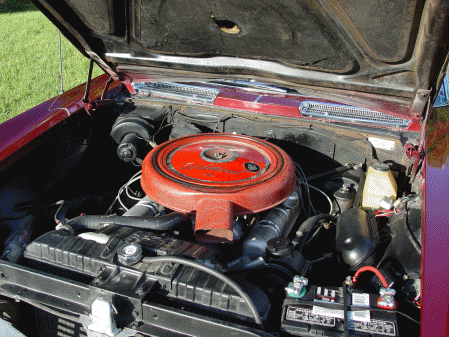 |
||||
Sometimes it takes little more than a good cleansing to make an otherwise ugly engine bay presentable. Other times it takes some additional work removing components for cleaning and refinishing. Then there are times where it just makes sense to pull the engine out of the car so you can get at everything and have at it so you can really make it sparkle under the hood.
|
|||||
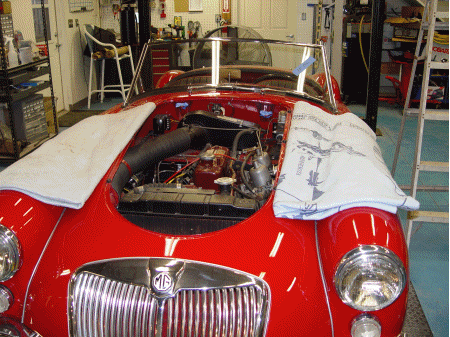 |
This 1961 MGA came to us because of a transmission problem. Since removing the transmission required removing the engine, our client opted to have the engine bay detailed so we could get rid of all the rust that had taken hold on the shelf at the firewall.
The entire bay was cleaned, prepped and repainted in the same color as the exterior body. The rust was treated and the deeper pitted areas were filled and sanded smooth before refinishing. All the other components (including the engine) were also stripped and refinished. |
||||
You’d be amazed at the difference a serious engine bay detailing can have on the impression to be made on people peering under the hood. We’ve had people mistake car’s they’ve seen before as new acquisitions simply because of some serious engine bay detailing.
|
|||||
|
This 1969 Charger was getting a new 383 engine, but the engine bay was in seriously sad shape. We were tasked with preparing the engine bay to accept its new prize. So, we first stripped it bare with our sodablasting rig. Next, we treated all the rusted areas with POR-15's "Metal Prep" metal treatment. Finally, we coated the entire engine bay with POR-15's "Chassis Black" coating. |
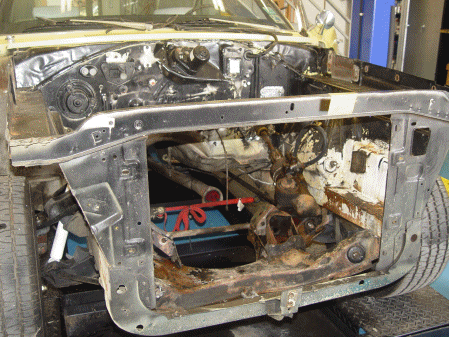 |
||||
Of course, pulling an engine is often more work that many people can justify strictly for cosmetic reasons. But, if you’re looking at other work that will be easier (with better access) to do with the engine removed, then why not take advantage of the opportunity to do some serious cleaning and detailing?
|
|||||
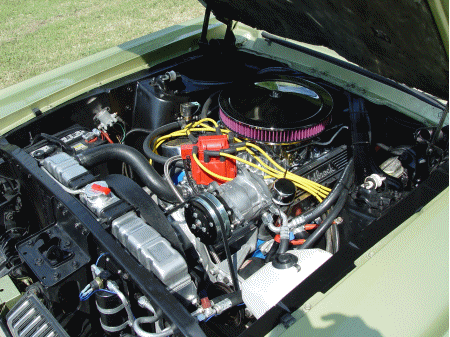 |
This 1968 Cougar came in to have the original 302 ci engine swapped-out for a new 331 horsepower 302 crate motor. Of course, the new powerplant just wouldn't show well with a tired engine bay, so we stripped it clean and gave it the full POR-15 treatment. Of course, every component under the hood was also cleaned and refinished as necessary. While we were at it, the client had us install a Vintage Air heat & A/C system along with the prerequisite cooling system upgrades. |
||||
| This 1970 Opel GT received a full "frame-off" restoration. Of course, that meant we couldn't get away without making sure the engine bay looked the part. |
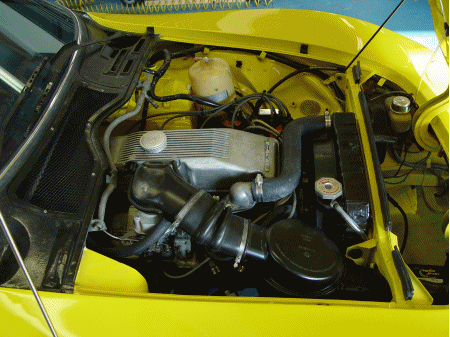 |
||||
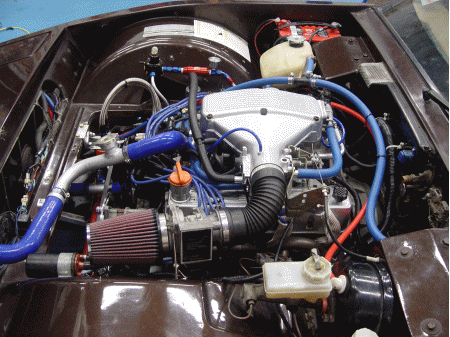 |
This 1987 TVR 280i was upgraded from its 2.8 liter V6 to a 3.5 liter Rover V8. This transplant required a complete rework of the engine electrical system to incorporate the Rover electrical system into the Ford wiring harness that came in the TVR. All the wiring was done in such a way that the final product looked like a factory installation. The hoses and vacuum lines are silicone for better durability and to enhance its appearance. All fuel and oil cooler lines were done with braided stainless hose and aluminum AN fittings. |
||||
| |
| Send Mail to |
| bob@midlifeclassics.com |
| |